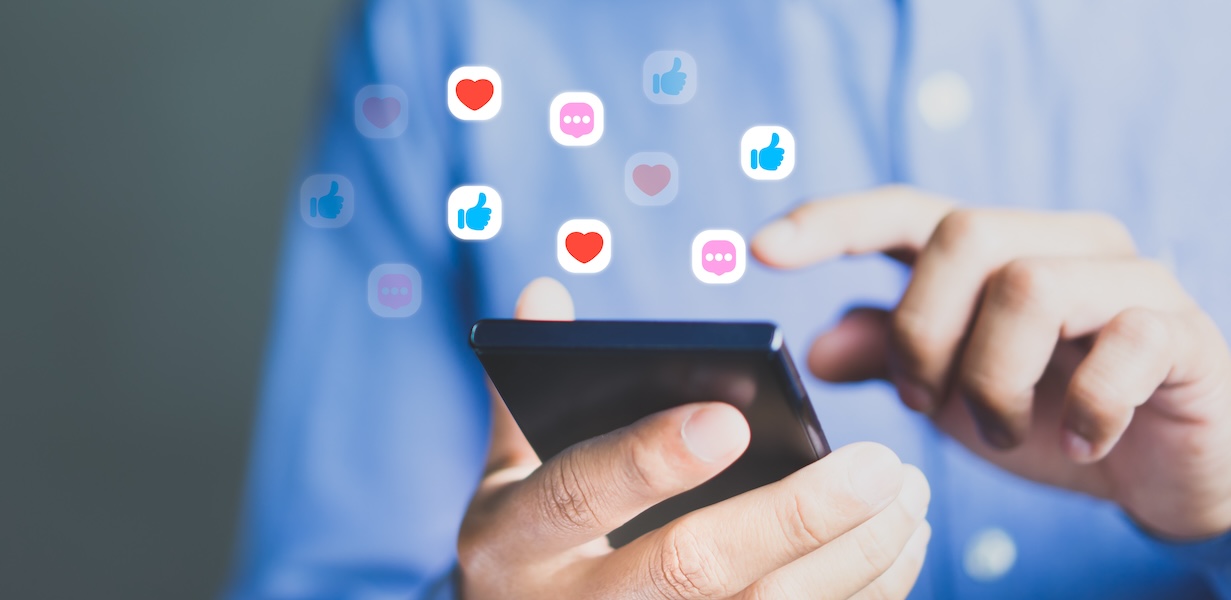How to Curb Your Smartphone Usage
By Amy Jacques
April 2025
Are you spending a lot of time on social media apps on your devices? These days, many of us are guilty of constantly scrolling through feeds, watching countless videos in a loop, and frequently checking our devices for news updates or messages.
Reducing screen time is difficult, as it can be addictive and requires a great deal of self-control, says an article by The Associated Press.
First, remove any apps you know you’ve been wasting time on from your phone. Then, allow yourself to only have desktop computer access (or omit them altogether).
Smartphones also have settings to help regulate screen time. You can set up parameters here, including creating “Downtime” (or “Digital Wellbeing” for Android) periods on your phone. These will turn off all phone activity during times that you dictate. You can also restrict certain types of apps, such as games, entertainment or social media, for 20 minutes per day, for example.
Another tip is to use the Focus mode to silence notifications from distracting apps. Try muting these during meetings or your workday.
Third-party apps like Jomo, Opal, Forest, Roots and LockMeOut are designed to cut down screen time, blocking you when you try to open certain apps or prompting you to wait for 20 seconds first.
However, these types of digital blocking devices may not work for everyone. You can also opt for physical barriers like Unpluq (a tag you hold up to your phone to access blocked apps) or Brick and Blok (square pieces of plastic that you tap or scan to unlock each app). A tangible object that you must bypass and gather from somewhere else out of reach can be a more effective barrier than similar digital software.
Lockboxes or Yondr phone pouches can conceal your device and keep it out of immediate reach. Also, consider using a “dumb phone” or an older model with only very basic features. However, remember that many of these retro devices don’t support essential apps like Google Maps.
However, if your compulsion is more serious, it may need more attention. “Maybe it’s a symptom of underlying problems like anxiety, stress, loneliness, depression or low self-esteem,” the article suggests. Therapists can treat “technology addiction” and help people manage technology boundaries and alternative activities to engage them.
Here are some suggestions, via The Associated Press, to reduce your social media use on your devices.
1. Delete apps.
2. Use built-in controls.
3. Don’t be distracted.
4. Block those apps.
5. Use external hardware.
6. See a therapist.
7. Downgrade your phone.



